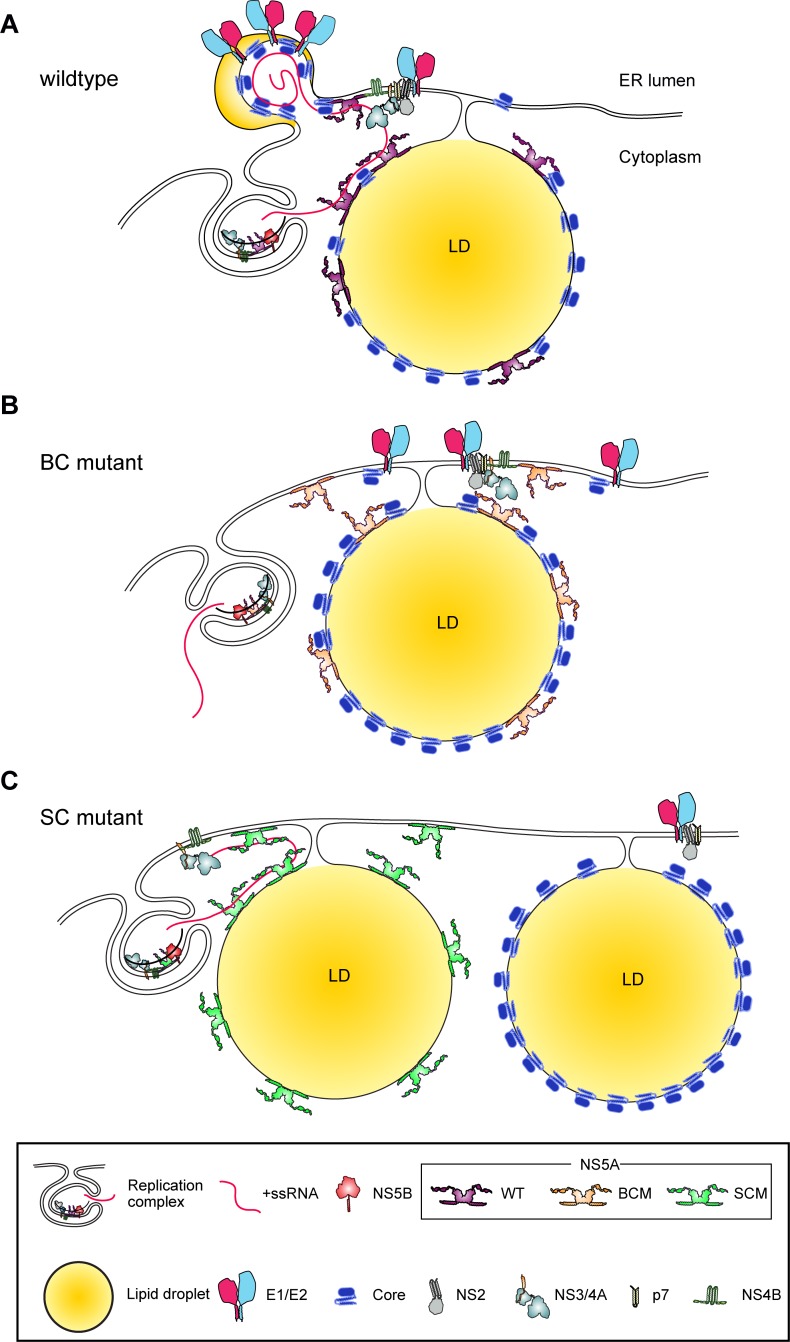Fig 9. Hypothetical roles of serine- and basic clusters in NS5A domain III for the assembly of infectious HCV particles.
(A) NS5A interacts with core protein to recruit (RNA-containing) replication complexes (RCs) to HCV assembly sites where Core, E1, E2, p7 and NS2 reside. NS5A delivers the viral genome, eventually in conjunction with NS3 [78], from the RCs to core protein to trigger genome encapsidation and nucleocapsid formation. This induces their budding into the ER lumen that might be promoted by the envelope glycoproteins E1 and E2 in conjunction with p7 and NS2 [11, 19]. (B) The NS5A basic cluster (BC) mutant is able to recruit the RCs to the assembly site by interacting with core protein, but is unable to associate with viral RNA for the assembly process. (C) The NS5A serine cluster (SC) mutant does not affect NS5A-HCV RNA association, but fails to interact with core protein and therefore the RCs are not recruited to the assembly site. As a result NS5A and core protein accumulate around distinct cytosolic lipid droplets (cLDs). Overall, both NS5A mutants are unable to load core protein with viral RNA, although for different reasons, and as a consequence envelopment of nucleocapsids is impaired.

